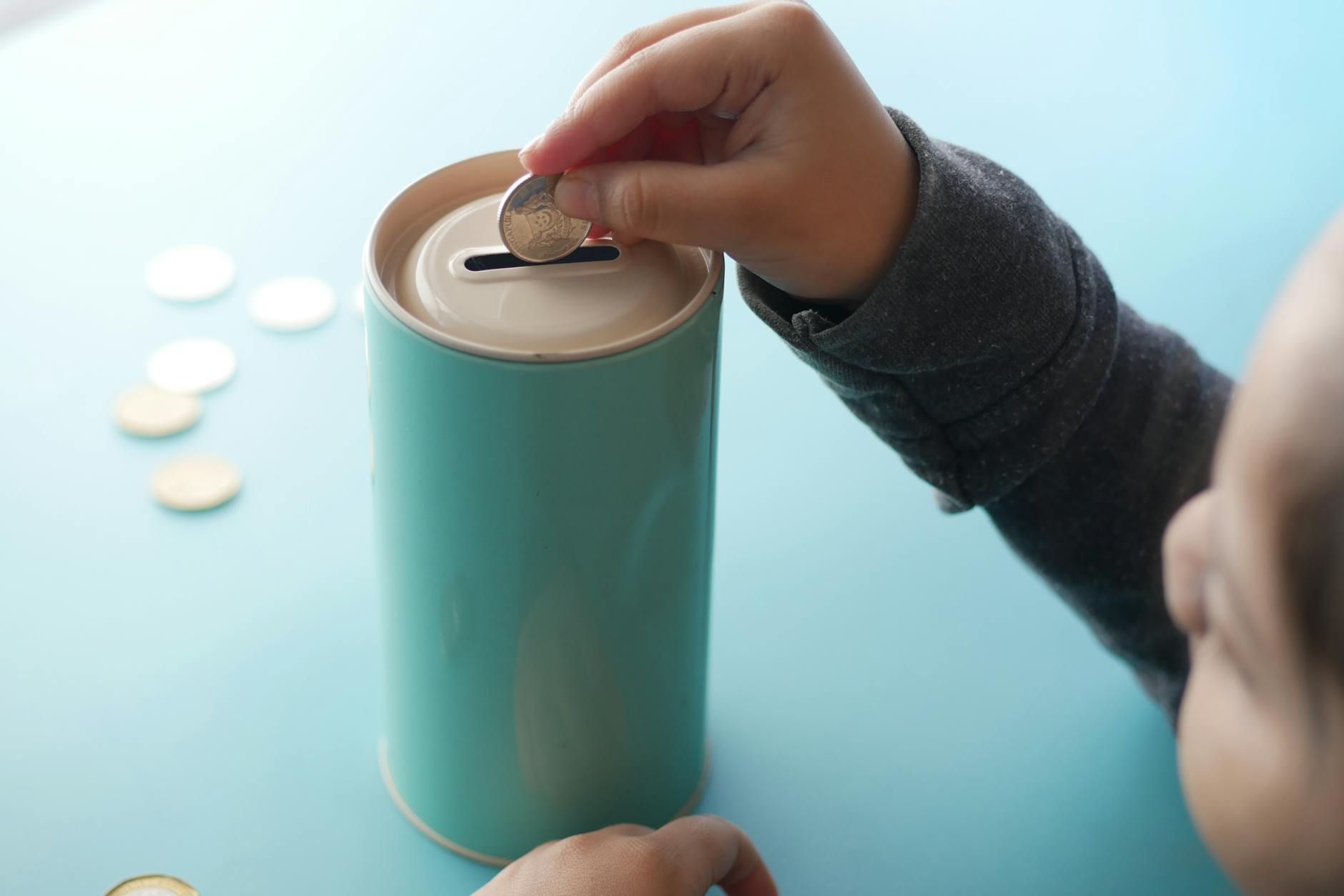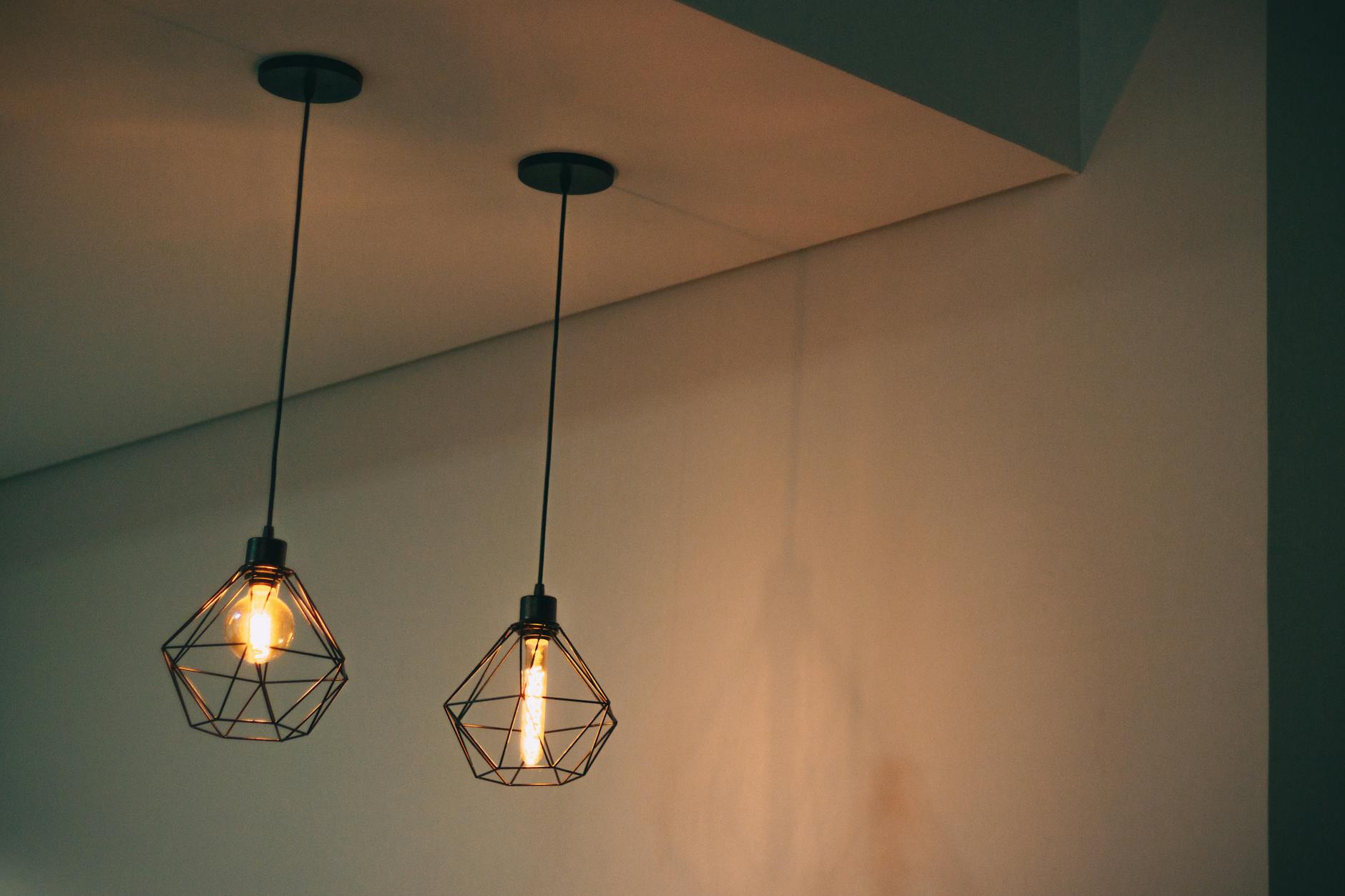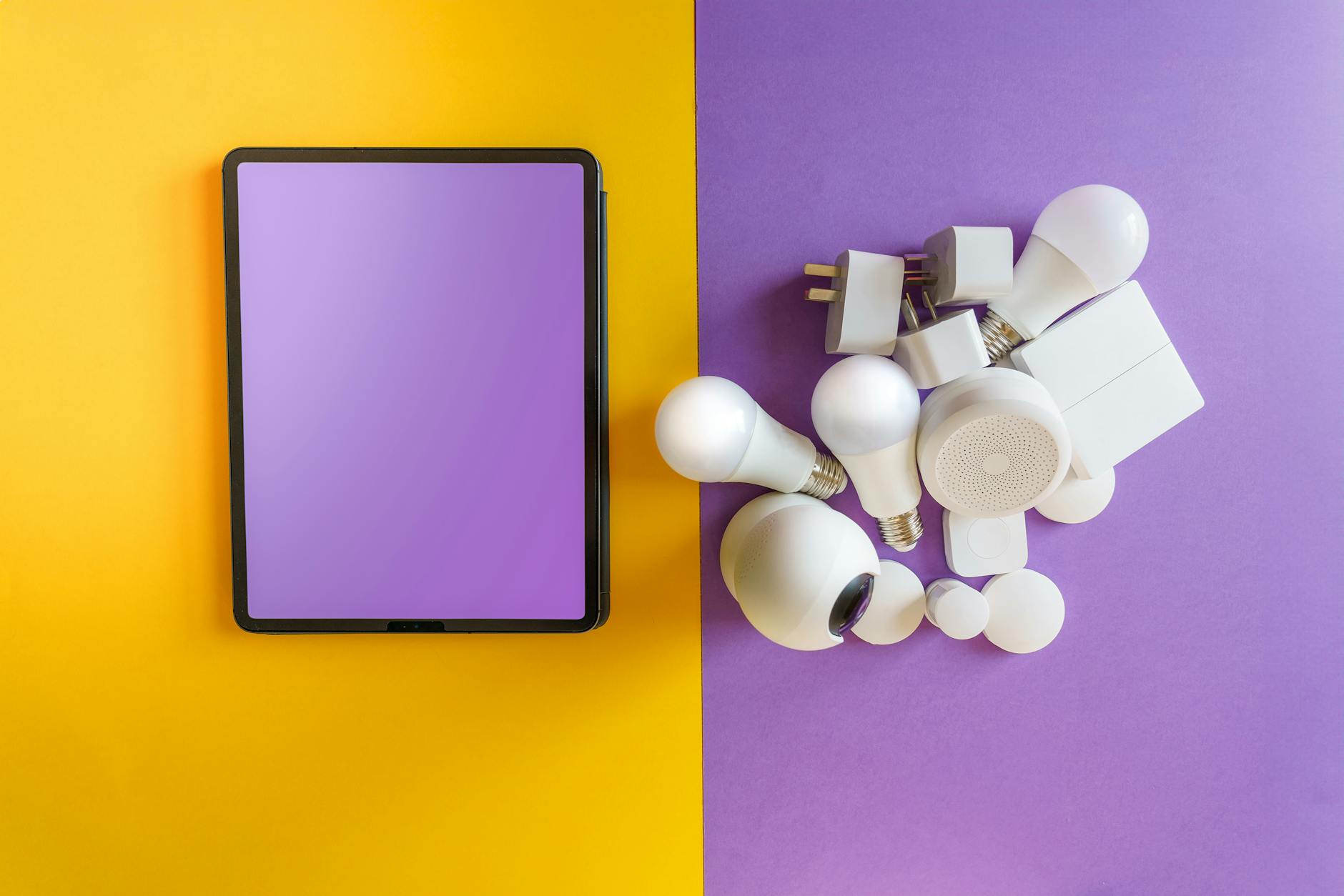Switching to LED lighting is touted as one of the simplest steps homeowners and businesses can take to cut down on energy costs. But just how much money can you really save by making the switch? In this post, we’ll dive deep into the economics of LED lighting to give you a clearer picture.
The Basics of LED Lighting
LEDs, or Light Emitting Diodes, are a significant upgrade from traditional incandescent or fluorescent bulbs. They are more energy-efficient, durable, and longer-lasting. 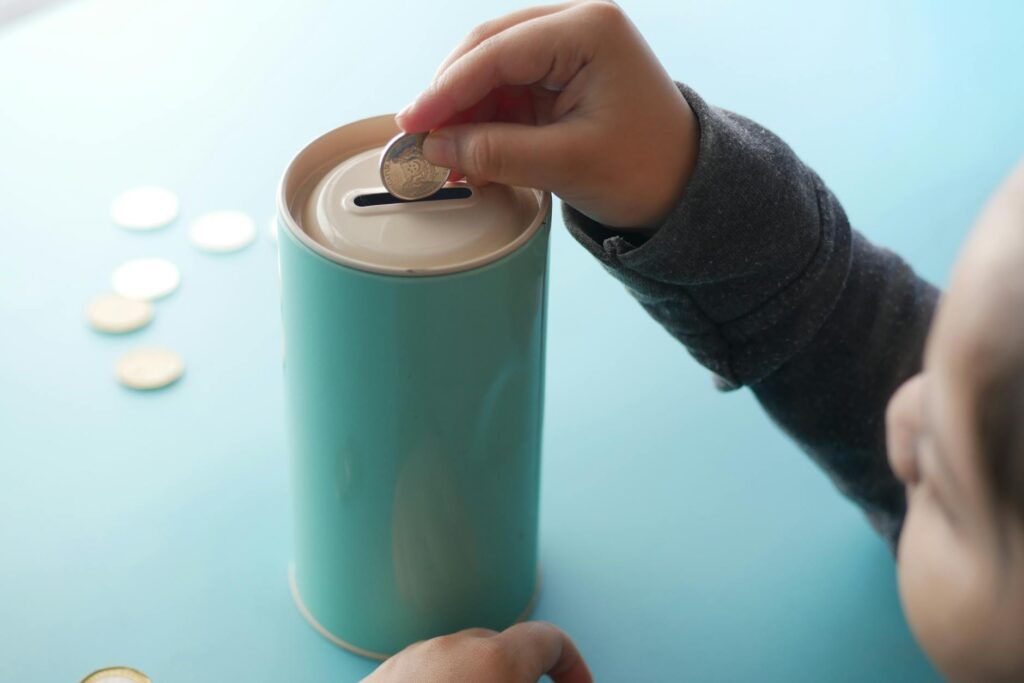 This efficiency translates directly into cost savings for you.
This efficiency translates directly into cost savings for you.
Initial Cost vs. Long-Term Savings
While LED bulbs have a higher upfront cost than traditional bulbs, their longevity and lower energy usage can help homeowners save a considerable amount of money over time.
How Much Can You Save on Your Energy Bill?
The most tangible benefit of switching to LED lighting is the reduction in energy bills. On average, LED bulbs use up to 75% less energy than incandescent bulbs.
The Impact of LED Lifespan
LED bulbs can last up to 25 times longer than traditional bulbs, reducing the frequency of replacements.
Comparison: LED vs. Traditional Bulbs
Let’s break down the numbers. If you replace an incandescent bulb with an LED, you could save about $80 in electricity costs over the bulb’s lifetime. 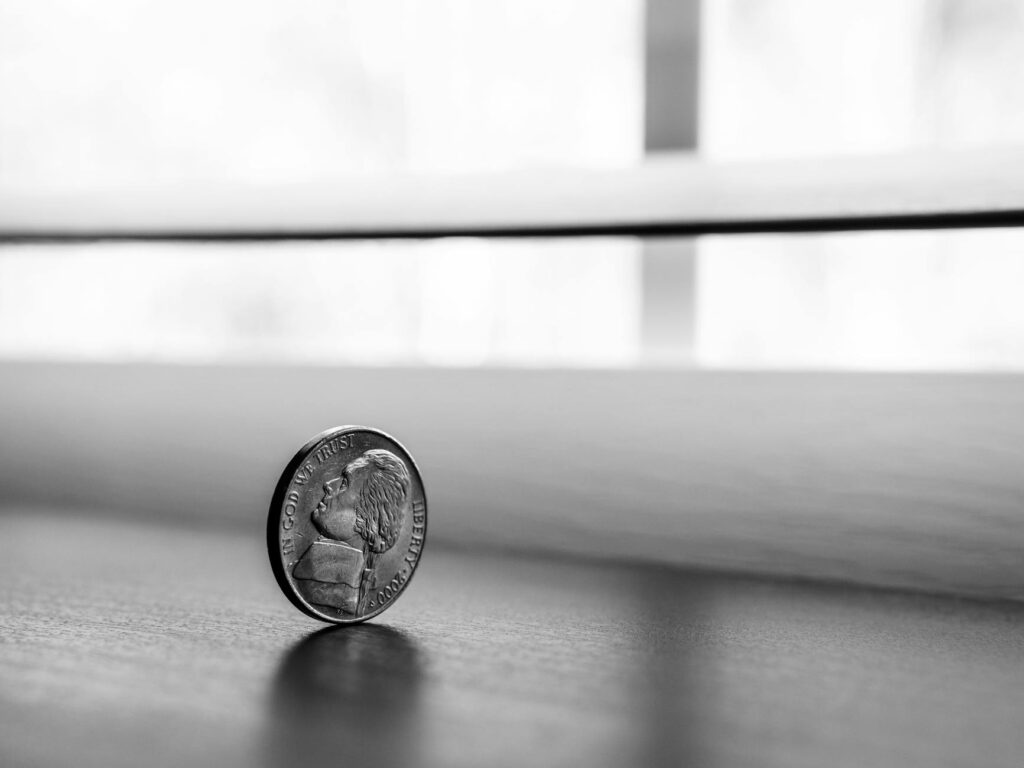
Understanding Lumens and Watts
When shopping for LED bulbs, it’s important to look at lumens rather than watts. Lumens measure brightness, while watts measure energy consumed.
Rebates and Incentives for Switching
Many utility companies offer rebates for customers who switch to energy-efficient lighting, providing an additional incentive to make the switch.
The Environmental Benefits
Aside from cost savings, LEDs reduce the demand from power plants and decrease greenhouse gas emissions.
LED Lighting in the Workplace
Businesses can save a substantial amount of money by retrofitting their facilities with LED lighting.
Advanced Features of LED Lights
Modern LEDs come with a variety of features like dimming, color changing, and smart home integration.
Outdoor and Specialty LED Lighting
LED technology is not limited to indoor use. Outdoor and specialty LED products offer the same benefits in a variety of settings.
The Role of Color Temperature
Color temperature impacts mood and ambiance, and LEDs offer a range of options from warm to cool light.
Addressing LED Myths
Despite their advantages, there are several myths surrounding LED lighting that can deter individuals from making the switch.
DIY Installation Tips
Many LED lighting options are user-friendly for DIY installation, reducing costs even further.
The Future of LED Lighting
As technology advances, the cost of LED lighting is expected to decrease, making it even more accessible.
Maximizing Savings with LEDs
Strategic placement and usage can enhance the cost-saving benefits of LED lighting.
A Look Inside Real Savings: Case Studies
Several case studies highlight the significant savings businesses and homeowners have achieved by switching to LED.
Creating a Sustainable Home with LED
LED lighting is a cornerstone for anyone looking to create a more sustainable home.
Why Wait? The Time to Switch is Now
With all these benefits, there’s no reason to delay making the switch to LED lighting.
In conclusion, the potential savings from switching to LED lighting can be substantial, both for your wallet and the environment. It’s an investment that pays off in the long run, offering not just reduced energy bills but also a step towards a more sustainable lifestyle.
Frequently Asked Questions
How much does an average LED bulb cost? The cost of LED bulbs has decreased significantly, with many options available under $5 per bulb.
Can LED lights really last for decades? Yes, depending on usage, some LEDs can last for 20 years or more.
Are there any downsides to LED lighting? The initial cost is higher than traditional bulbs, but the long-term savings and benefits far outweigh this.
Do LEDs contain harmful substances? Unlike fluorescent bulbs, LEDs do not contain mercury, making them safer and more environmentally friendly.
Can I use LED bulbs with my existing fixtures? In most cases, yes. LED bulbs are designed to fit standard fixtures.

